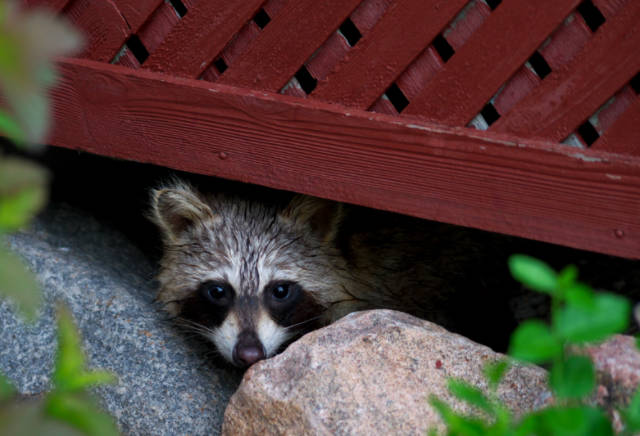
Raccoons are smart and quick, so when they break into our homes, especially the roof, they can do a lot of damage. Once inside, these curious animals can cause a lot of damage, leaving a path of destruction that threatens the strength of our roofs. In this thorough guide, we’ll look at the most common ways raccoons damage roofs and give you important tips on how to fix and restore your roof after a raccoon break-in, so you can live in a safe and secure place.
Clawing and Tearing Are Signs of Roof Shingle Damage
One of the most common ways raccoons cause damage is by ripping and scratching at roof shingles. Raccoons use their sharp claws to get in, making holes that show the roofing materials underneath.
Damage to the soffit and fascia: Cracking and chewing
Raccoons are very good at getting into attics by breaking or eating through soffits and fascia boards. These acts weaken structures and create places where raccoons can get in.
Cracks and falling off are signs of roof vent damage.
Roof vents let air into attics, but raccoons can break or knock them out of place to get in. Damaged vents make it harder for your attic to stay warm and let air in and out.
Insulation Contamination: Dirty and Teared
Once raccoons get into the attic, they may tear or dirty the insulation to make places to nest. Insulation that has been contaminated loses its usefulness and needs to be replaced.
Electrical wiring risks: Wires that have been chewed
Raccoons like to chew on electrical lines, which can cause fires and make your home’s electrical system less safe.
Leaks and moisture can cause water damage.
When your roof is damaged, like when shingles are torn or vents are cracked, water can get into your attic and cause leaks, mold growth, and rot.
How to fix damage caused by raccoons:
Inspection and evaluation: figuring out how bad the damage is
Start the repair process by carefully looking at your roof and attic. Find out how much damage was done by the raccoons and where the damage is most severe.
Getting rid of raccoons: Making sure the workplace is safe
Make sure there are no rats in your attic before you start fixing things. Get a professional rat removal service to make sure your workplace is safe.
Roofing Shingles: Fixing Surfaces That Have Been Damaged
Replace any roof shingles that are broken, filling in any holes and fixing the roof material to keep people from getting in again.
Soffit and fascia repair: Making weak spots stronger
Fix or repair soffits and fascia boards that are broken and reinforce them with strong materials to keep raccoons from breaking into your home.
Replacing Roof Vents: Making Sure There’s Enough Airflow
Replace any roof vents that are broken or have fallen off. This will make sure the attic has enough airflow and keep raccoons from getting in again.
Cleaning and replacing insulation are part of insulation repair.
To get the insulation to work again, you need to clean and sanitize it and replace any badly damaged parts.
Electrical Inspection: Dealing with Dangers in the Wiring
Have a licensed electrician look at the electrical system in your attic and fix any lines that have been chewed or damaged for safety.
How to fix water damage: leaks and moisture problems
Fix any water damage, leaks, and wetness problems to stop mold growth and further damage to the building.
Raccoon-proofing: Preventing Break-ins in the Future
Lastly, take steps to keep raccoons from getting on your roof in the future, such as securing entry places with steel mesh or hardware cloth.
When raccoons break into your roof, you need to fix it right away to keep your home safe and sound. If you fix raccoon damage quickly and well, your roof will be able to withstand other intrusions. You can protect your roof from raccoon damage by giving it a thorough check, hiring professionals to get rid of the raccoons, and putting a full repair and restoration plan into action. Taking preventive steps to make your home raccoon-proof also protects it from possible break-ins. This helps people and animals live together peacefully while keeping your home’s structure strong.
